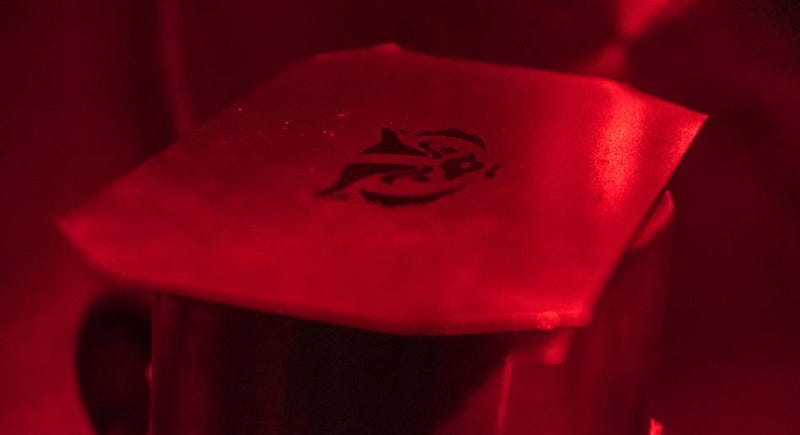By Chris Hanko

There is definitely no shortage of groundbreaking research being done at UW-Madison, and the next breakthrough could happen in the heart of Mechanical Engineering. In Associate Professor Frank Pfefforkorn’s Laser-Assisted Multi-Scale Manufacturing Lab, major research is being done in the fields of materials science, manufacturing, welding and many others to ultimately grow laser-aided machines from an art form into a commercial-based technology. Through the help of some extraordinary minds, extravagant machinery and the constant ambition of discovery, this lab is on the brink of something great.
The Laser-Assisted Multi-Scale Manufacturing Lab, or LAMSML for short, is based out of the first floor of the Mechanical Engineering building right on campus. Professor Pfefforkorn, as well as several graduate and undergraduate students working in the lab, do research in many fields of focus and are funded through the University and the National Science Foundation. Specifically, the research pertains to the fields of friction stir welding, micro end milling and pulsed laser micro polishing.
The first field of study is focused on the process of friction stir welding. Friction stir welding is the practice of joining to solid-state facing metals using a third body tool, but without physically melting any of the materials. The LAMSML specifically focuses on detecting flaws, or voids, as well as studying the temperature effects on the process using two impressive (and expensive) machines.
The first machine is called the Mori Seiki 5-Axis Mill Turn Center and it essentially acts as a 3D printer, but for metals. This machine produces the physical friction stir weld piece through an additive and subtractive machining process, making it customizable to the researchers. Once the part is produced, it is then passed on to the next part of the journey, the HAAS 3-Axis CNC Mill. This mechanism is used to join to separate face metals with the stir welding part produced in the 5-Axis Turn Center. This machine assists in studying the presence of voids or deformations in the metals. This study is critical because it determines the overall quality of the weld, as well as the strength of the materials. Researchers in the LAMSML lab are coming close to determining what causes voids in stir welding, and how to replicate the essentially perfect stir welding of metals. This technology can be applied to transportation, engineering, casting and many other interdisciplinary uses.
Outside of friction stir welding is the study of micro end milling, another major topic of research being conducted in the lab. Micro end milling is basically milling metals on a very small scale to produce very finite and precise incisions. These tools are about 300μm in diameter, which is smaller than a human hair! The CNC Mill is used to study the wear patterns of these micro tools and develop a tool life prediction for each. These tests are performed in a cryogenic environment to increase speed and reduce cutting temperatures. The correlation between wear patterns and tool life is extremely valuable since no such accurate prediction currently exists. Once this correlation is made, it can be applied to increasing the overall tool life and quality of these micro tools.
In addition to end milling, another process being studied on the microscopic scale is the process of laser polishing. Pulsed end laser polishing is the practice of using a laser to replace the tedious process of hand polishing metal molds. This laser uses capillary action and a pulsed fiber laser to engrave the metals. These metal subjects are isolated in a vacuum chamber to reduce oxidation, and thus improve the quality of the tests. The topography of the laser-polished surface is then analyzed and measured by an optical metrology system. These tests will help determine what makes a good laser polish, and how to control the quality of the finished product. Though this process is currently used in many art forms, researchers hope to expand the functionality of this technology so it can be used on a commercial scale.
Through continuing the research of friction stir welding, micro end milling and laser polishing, the LAMSML is inching closer and closer to the prize. By developing correlations between temperature and wear, making tool life predictions and advancing the notion of lasers in commercial use, this lab has great potential and has proved itself thus far. The applications are truly endless, and with this research, the manufacturing market may never be same.
